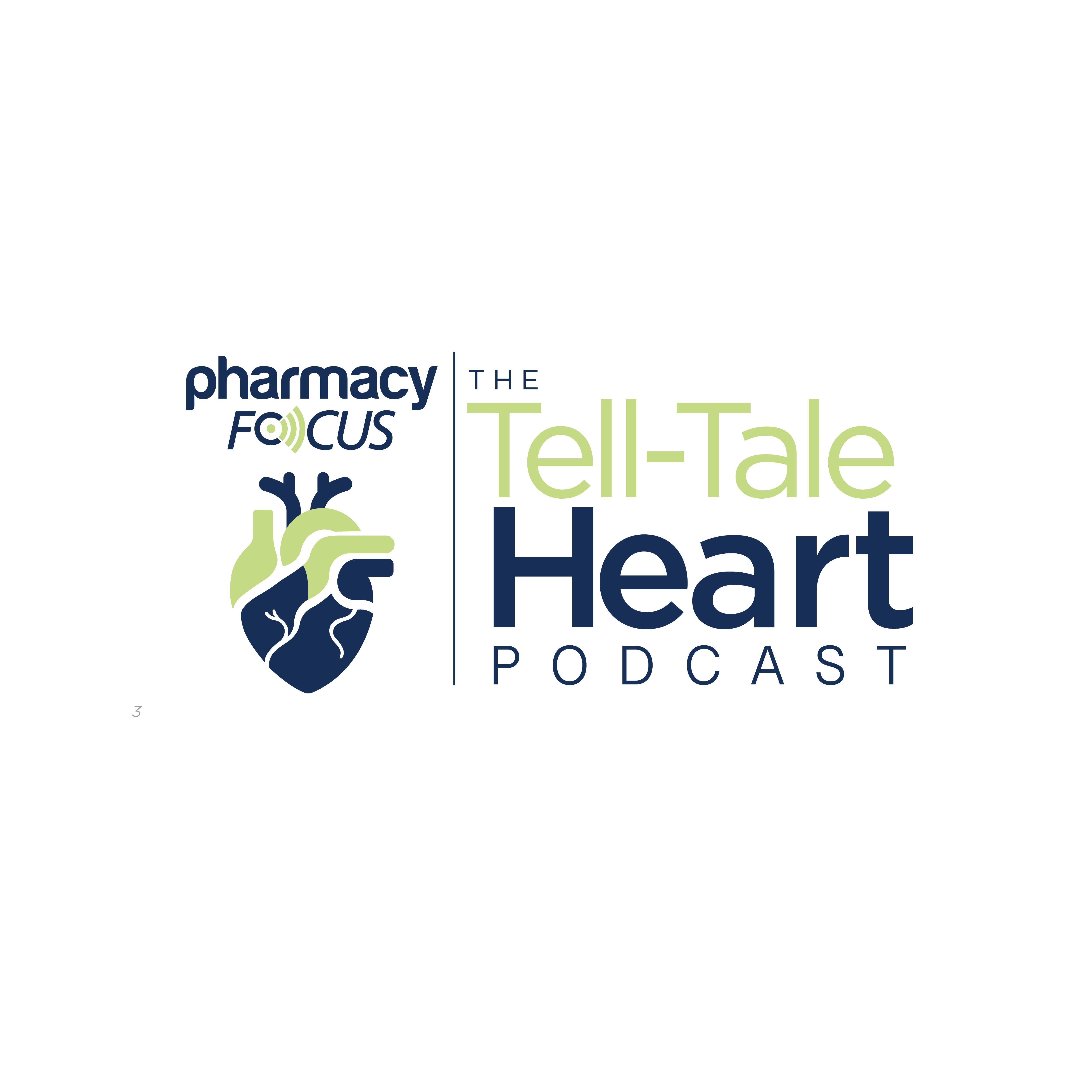News
Article
Study Findings Suggest Addressing Maternal Anemia Could Reduce Risk of Congenital Heart Disease in Infants
Author(s):
Key Takeaways
- Maternal anemia, particularly iron deficiency, is linked to a 47% increased risk of congenital heart defects in offspring.
- Iron supplementation during the periconceptional period may reduce the risk of CHD by addressing maternal anemia.
Research reveals a significant link between maternal anemia and increased risk of congenital heart defects in infants, highlighting the need for effective prevention strategies.
Recent research indicates that pregnant women with anemia could have a 47% higher risk of having a child diagnosed with a congenital heart defect (CHD), although further research is needed to understand the socioeconomic and ethnic disparities in CHD.1
Heart defects are the most common types of birth defects, affecting nearly 1% of births each year in the US. The prevalence of some types of CHDs is increasing, particularly mild types, and the most common form is a ventricular septal defect. About 1 in 4 infants with a heart defect have a critical heart defect, requiring surgery or other procedures in their first year of life.2
Image credit: Yakobchuk Olena | stock.adobe.com

However, individuals with heart defects are living longer and healthier lives, with approximately 1 million children and 1.4 million adults living with a heart defect according to 2010 CDC data. Survival of infants with heart defects depends on the severity, timing of diagnosis, treatments, and the presence of other conditions. Overall, about 81% of infants born with heart defects are expected to survive to at least 35 years of age, with this statistic increasing to about 93% after the first year of life.2
According to investigators of the recent study, the heart develops in the embryo between weeks 3 and 8 of gestation. During this critical period, maternal anemia can impair the availability of essential nutrients and oxygen, affecting cardiac development. Iron deficiency is a common cause of maternal anemia, with lower iron levels potentially leading to structural heart defects in infants.1
A matched case-control study was performed using data from the Clinical Practice Research Datalink GOLD database. Cases were mother-infant pairs in which the child was diagnosed with CHD within the first 5 years after birth, and controls were mother-infant pairs without a CHD diagnosis. Maternal anemia was defined as hemoglobin less than 110 g/L in the first 100 days of pregnancy.1
According to the study findings, the most common types of CHD were ventricular septal defect (VSD) in 32% of cases, atrial septal defect (ASD) in 23%, and patent ductus arteriosus (PDA) in 14%. Notably, a higher proportion of mothers in the case group had anemia compared to the control group (4.4% vs 2.8%), and an adjusted analysis showed that the likelihood of offspring CHD was 47% higher among mothers who had anemia (adjusted odds ratio 1.47; 95% confidence interval 1.18, 1.83; p = .0006).1
Potential Solutions
Several approaches could be used to avoid anemia in pregnant women, including iron supplementation and public health recommendations. Iron supplementation could be an effective, minimally invasive, and low-cost intervention for preventing some cases of CHD. Specifically, the authors noted that taking iron supplements during the periconceptional period (before conception and during the first trimester) could alleviate maternal anemia and therefore reduce the risk of CHD in offspring.1
Similar approaches have been taken before, given the well-established benefits of folic acid supplementation in reducing the risk of neural tube defects. Because a significant portion of anemia in pregnant women is due to iron deficiency, targeted public health interventions could substantially improve maternal and child health outcomes.1
However, the authors added that before implementing widespread iron supplementation as a preventive measure, their findings should be validated in larger observational studies. This would help establish a more robust epidemiological association between maternal iron deficiency and CHD occurrence in infants.1
Pharmacists’ Role
Pharmacists are readily accessible health care professionals who play a crucial role in educating pregnant women about the significance of iron supplementation. During pregnancy, the demand for iron increases substantially to support the growing fetus and placenta, as well as the mother’s expanding blood volume. Pharmacists can clearly explain why iron is so vital during this period, detailing its role in preventing iron deficiency anemia. They can also discuss the different types of iron supplements available, including ferrous sulfate, ferrous gluconate, and ferrous fumarate, highlighting the elemental iron content and potential differences in absorption and adverse effects. By providing clear and concise information, pharmacists empower pregnant patients to understand the importance of adherence to their prescribed or recommended iron regimen.
Furthermore, pharmacists are well-positioned to provide practical counseling tips on how to optimize iron absorption and minimize potential adverse effects. They can counsel women on the best time to take their supplements, often recommending taking them on an empty stomach with water or a source of vitamin C to help enhance absorption. Pharmacists can also advise on foods and medications that may hinder iron uptake, such as calcium-rich foods, antacids, and certain antibiotics, suggesting appropriate timing adjustments.
Pharmacists serve as vital educators and counselors. Their accessibility, coupled with their knowledge of medication management and potential drug-nutrient interactions, makes them invaluable, particularly given the new study findings linking anemia with CHDs in infants. By providing clear guidance and addressing individual concerns, pharmacists can contribute significantly to the well-being of both the mother and the developing fetus.






